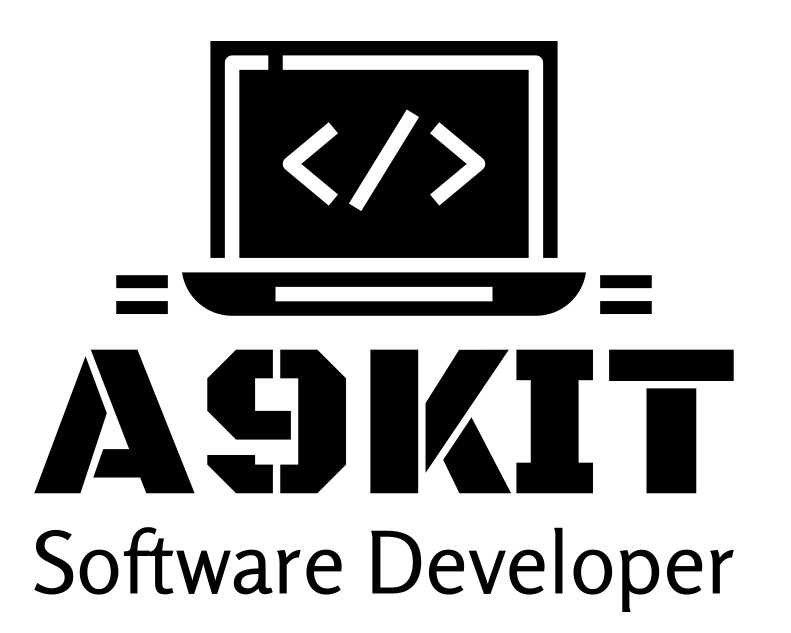Node.js, with its non-blocking and event-driven architecture, has revolutionized server-side development. However, as your applications grow and face increased traffic, optimizing Node.js performance becomes paramount. In this article, we will explore advanced strategies tailored for experienced developers looking to squeeze every bit of efficiency out of their Node.js applications.
Node.js Performance Optimization
1. Fine-Tuning Event Loop Efficiency
The heart of Node.js lies in its event loop. For seasoned developers, optimizing its efficiency is the first step towards improved performance. Utilize tools like the Event Loop Lag metric to identify and mitigate bottlenecks. Fine-tuning the event loop ensures that your application can handle a large number of concurrent connections without sacrificing responsiveness.
2. Effective Memory Management
Experienced developers understand the impact of memory management on performance. Leverage tools like the V8 profiler to identify memory leaks and optimize memory consumption. Implementing object pooling and employing garbage collection strategies can significantly enhance Node.js application performance.
3. Load Balancing for Scalability
As your application scales, efficient load balancing becomes crucial. Distribute incoming requests across multiple Node.js instances or server clusters using load balancing tools like Nginx or built-in Node.js modules. Load balancing ensures optimal resource utilization and prevents a single point of failure.
4. Caching Strategies
Experienced developers recognize the power of caching in boosting performance. Implement caching mechanisms at various levels, including in-memory caching with tools like Redis or Memcached. Strategically cache database queries, HTTP responses, and other computationally expensive operations to minimize redundant work.
5. Optimized Database Interactions
Database queries can be a significant bottleneck in performance. Seasoned developers optimize database interactions by employing connection pooling, using indexes effectively, and batching queries. Consider using an Object-Relational Mapping (ORM) tool that aligns with your application’s specific requirements.
6. Utilizing Microservices Architecture
Experienced developers often adopt a microservices architecture to enhance scalability and performance. Break down monolithic applications into smaller, independently deployable services. This approach allows for efficient resource utilization and isolation of concerns, contributing to improved overall performance.
7. Effective Error Handling and Logging
Robust error handling is a hallmark of an experienced developer. Implement comprehensive error handling strategies to gracefully manage errors and prevent cascading failures. Simultaneously, invest in logging mechanisms that provide valuable insights into application behavior. Tools like Winston or Bunyan can assist in effective log management.
8. Profiling and Performance Monitoring
For seasoned developers, profiling and performance monitoring are indispensable tools. Utilize profilers like Clinic.js or Node.js built-in diagnostics to identify performance bottlenecks. Implement continuous monitoring to proactively detect issues and optimize your Node.js application in real-time.
Conclusion
In the dynamic world of Node.js development, optimizing performance is an ongoing process. Experienced developers understand that it’s not just about writing efficient code but also about employing the right strategies and tools. By fine-tuning the event loop, optimizing memory management, embracing microservices, and adopting effective caching and load balancing techniques, developers can ensure their Node.js applications perform at their best even under heavy loads.
Remember, performance optimization is not a one-size-fits-all endeavor. Tailor these strategies to your application’s specific needs and continuously monitor and adjust as your application evolves. With these advanced strategies in your toolkit, you’re well-equipped to take your Node.js applications to new heights of performance and scalability. Happy coding!
